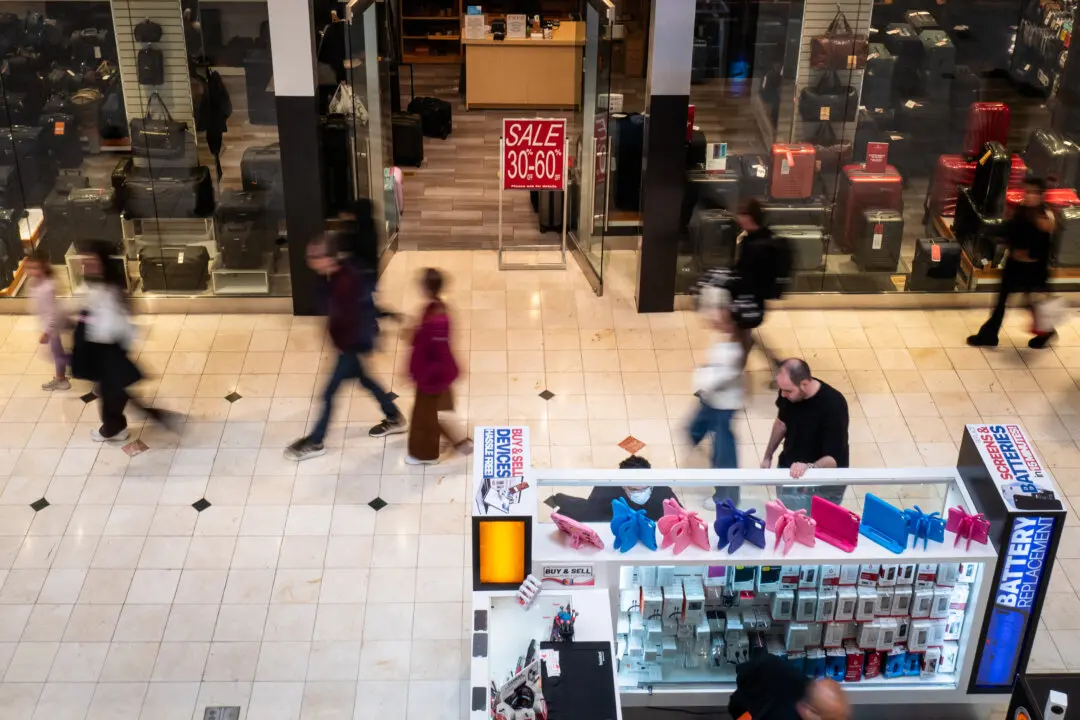A significant number of high school students in the United States experienced mental health issues during the COVID-19 pandemic, according to a survey, with many considering suicide, feeling a sense of hopelessness and insecurity, increasing addictions, and suffering from abuses.
The online Adolescent Behaviors and Experiences Survey (ABES) was conducted by the Centers for Disease Control and Prevention (CDC) from January to June 2021 and saw the participation of 7,998 students from 128 schools.





